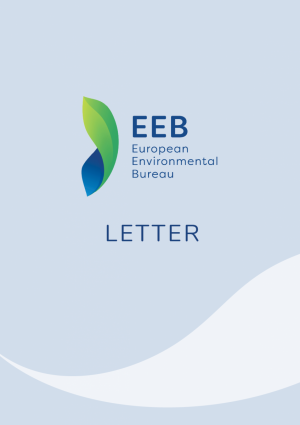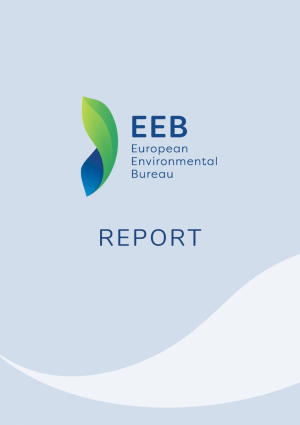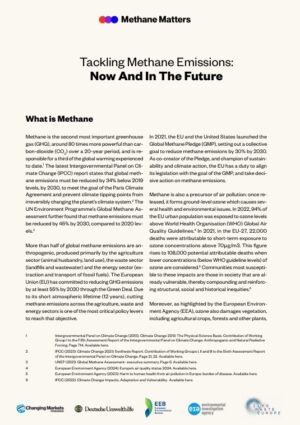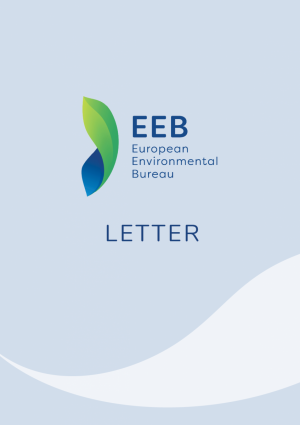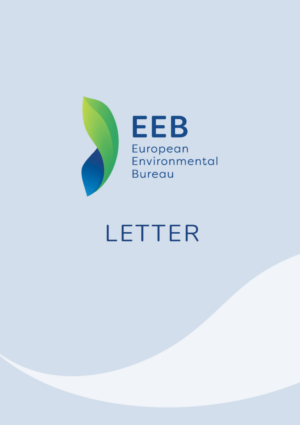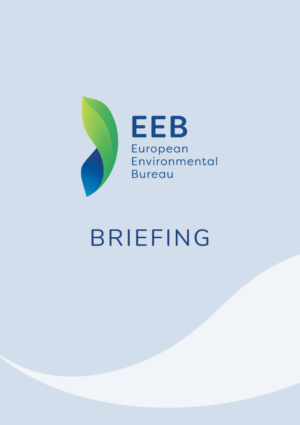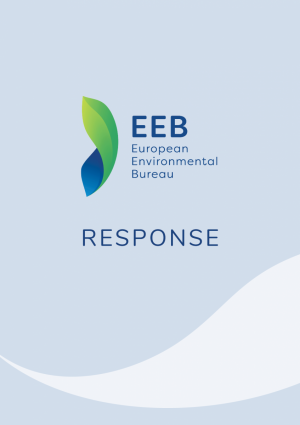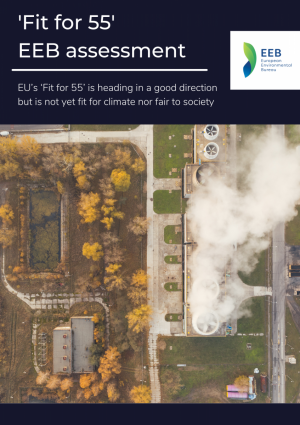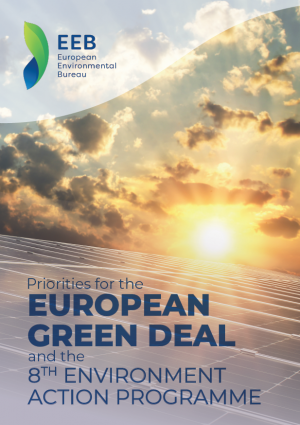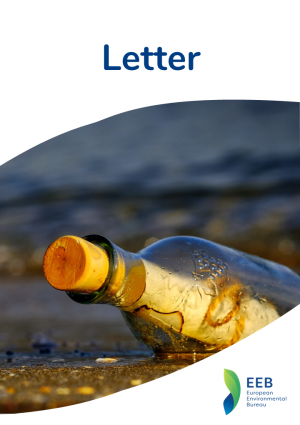Noise Pollution
Noise is one of the biggest environmental threats to health in Europe after air pollution. The EEB ensures that comprehensive actions to reduce noise pollution are developed inline with the European Commission’s Zero Pollution ambition.
Although noise is a product of many human activities, the most widespread sources of environmental noise are those related to transport. As a result, noise caused by transport is considered the second most significant environmental cause of ill health in western Europe, behind fine particulate matter pollution. The adverse effects of noise pollution include decreased well-being of human populations and the declining health and distribution of wildlife.
In 2002 the Environmental Noise Directive (END) was introduced to monitor the effectiveness of EU emission controls by requiring the assessment of environmental noise at Member State level. The Directive introduced two key indicators: for annoyance and sleep disturbance, which, if exceeded, would require Member States to develop action plans that reduce exposure.
The WHO also maintains a set of recommendations with regards to noise, suggesting that long-term exposure to noise from road traffic should not exceed 53dB during the day-evening-night period and 45dB during the night in order to avoid adverse consequences on health. The recommended values for aircraft are 45dB during the day-evening-night period and 40dB during the night.
According to the EEA, it is estimated that approximately 113 million people in the EEA-33 member countries are exposed to noise levels from road traffic that are equal to or above 55 dB. Of these, 36 million are exposed to very high noise levels of at least 65 dB.
Considering the negative impacts on human health and the scale of the problem at hand, environmental noise is therefore a significant concern for citizens and policy makers. Under the European Commission’s Zero Pollution Action Plan, reducing environmental noise is listed as a key objective. The Commission hopes to reduce the share of people chronically disturbed by transport noise by 2030.

